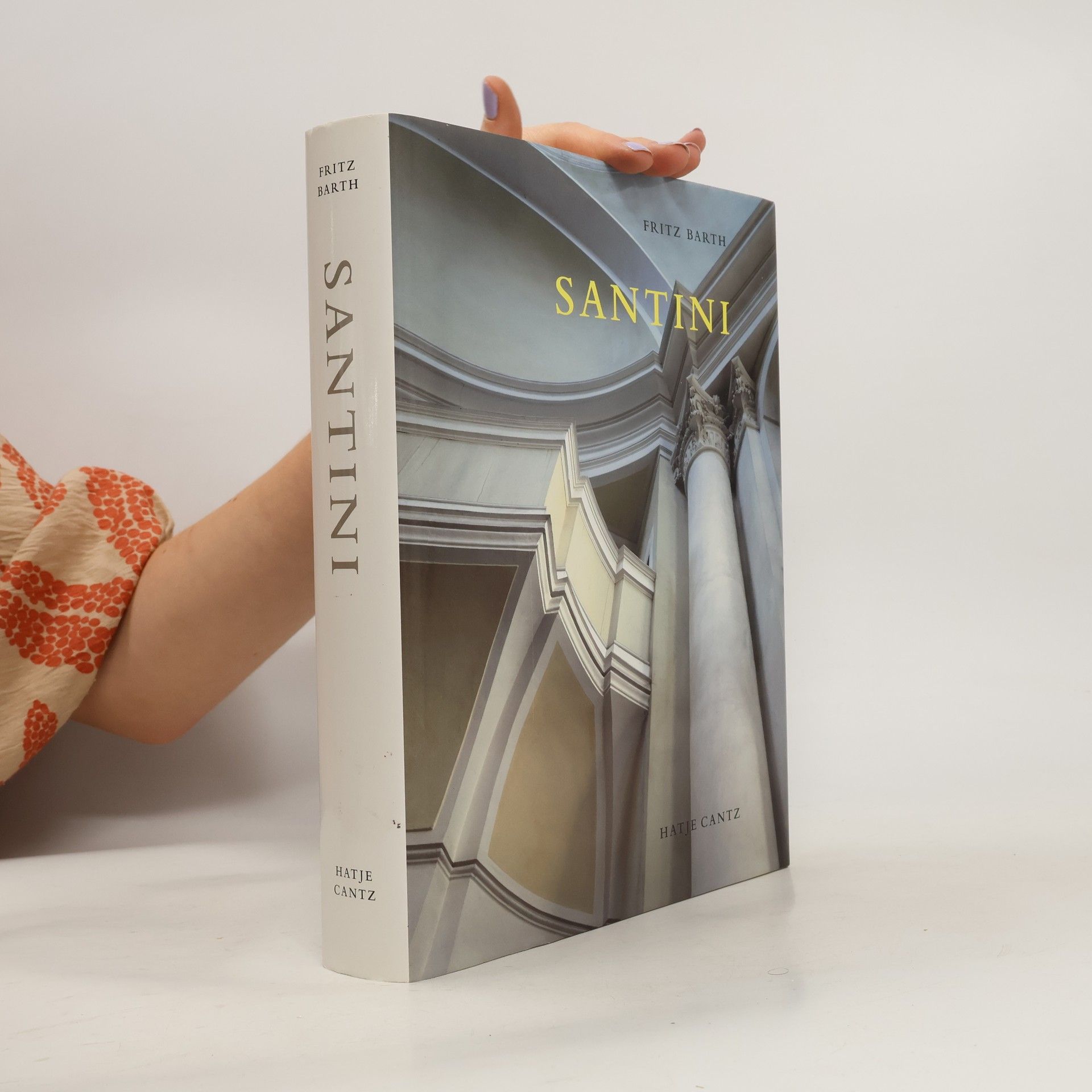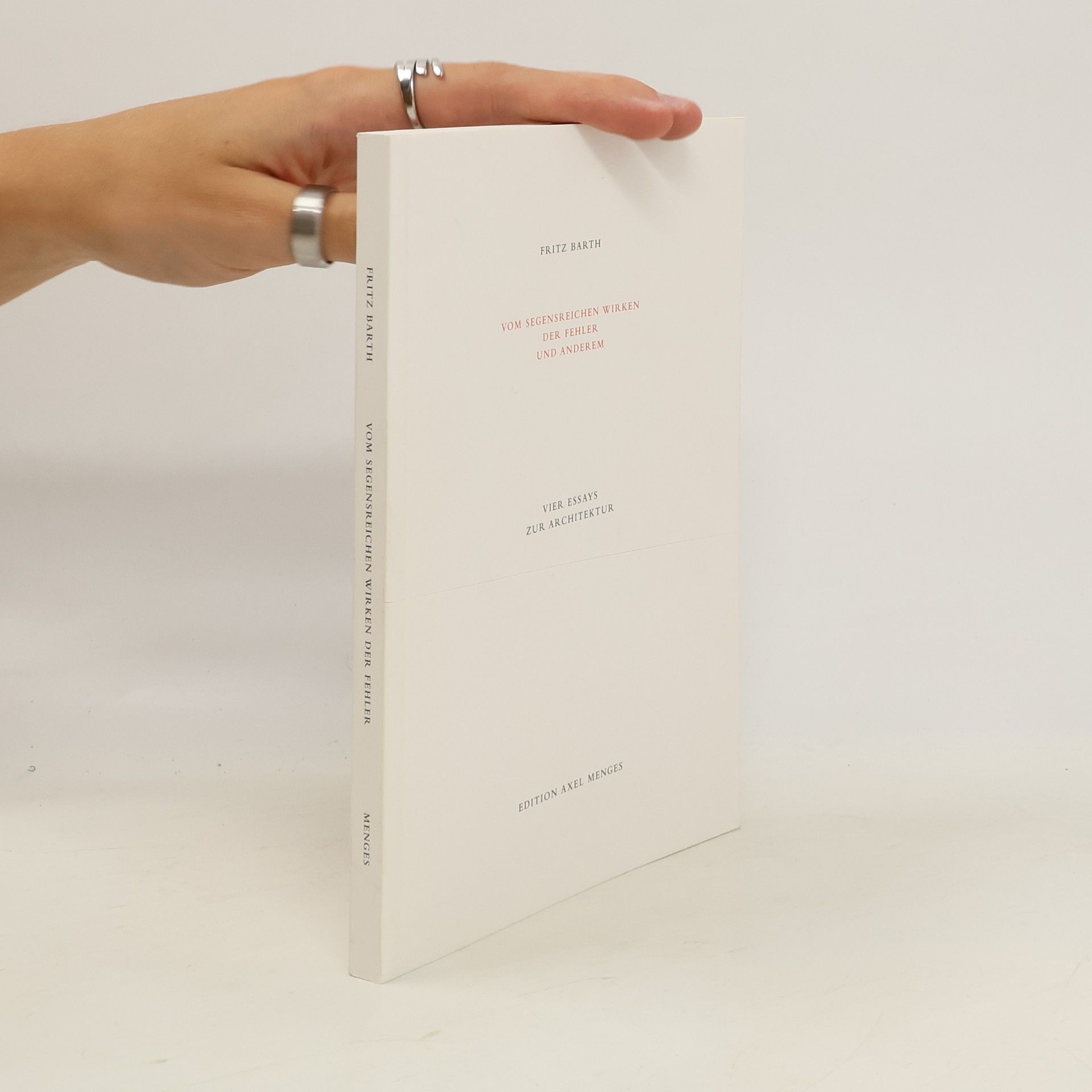Vom segensreichen Wirken der Fehler und anderem
Vier Essays zur Architektur
Fritz Barth, geboren 1958, studierte Architektur an der Universität Stuttgart. Er betreibt ein Architekturbüro in Fellbach, ist Inhaber der Honorarprofessur für Baugestaltung an der Bauhaus-Universität in Weimar und Autor einer Anzahl von Büchern, die sich mit der Architektur und ihrem Umfeld auseinandersetzen, darunter einer Monographie über Johann Blasius Santini-Aichel, eines Architekten im Umkreis des böhmischen Radikal-barock (Santini. Ein Baumeister des Barock in Böhmen, 2004), einer Studie über den Festungsbau der frühen Neuzeit in Italien (Zeichen des Wehrhaften. Festungsbauten von Francesco di Giorgio Martini / Martial Signifiers. Fortress Complexes by Francesco di Giorgio Martini, Edition Axel Menges 2011) sowie einer eingehenden Betrachtung des Melnikowhauses in Moskau, eines Hauptwerks der Architektur des frühen 20. Jahrhunderts (Konstantin Melnikow und sein Haus / Konstantin Melnikov and his House, Edition Axel Menges 2015)



